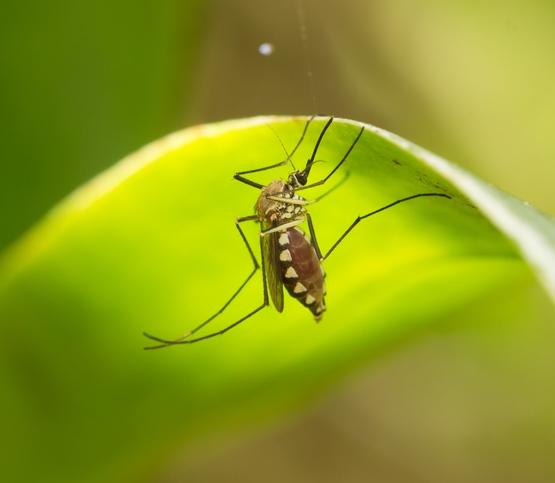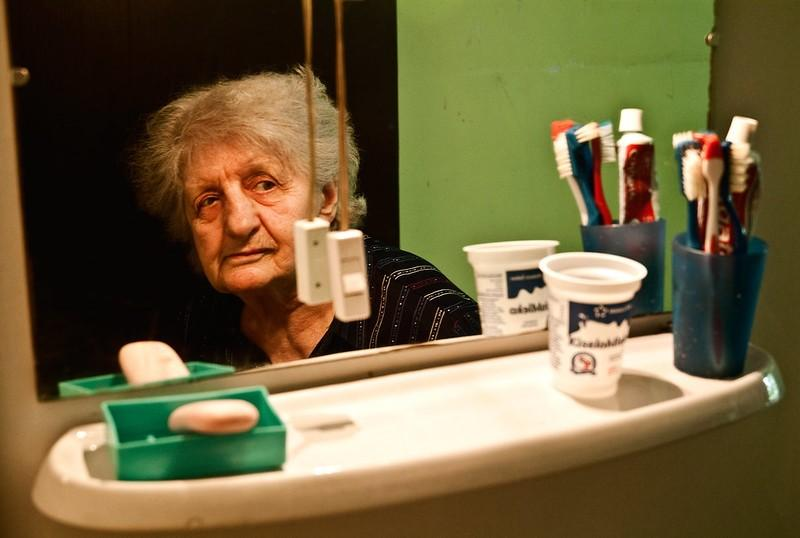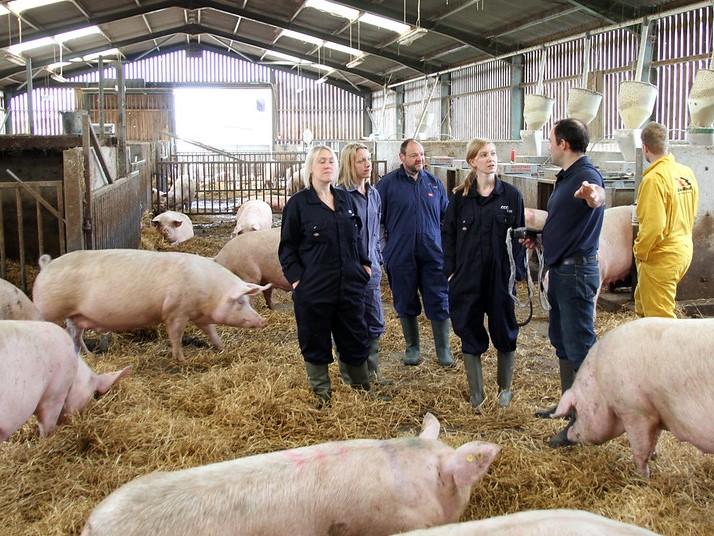For the second time in 2 weeks, California has reported a local dengue case, this time involving a patient from Long Beach, city officials announced yesterday.

The patient has recovered at home, and no other illnesses have been detected. The Long Beach health department is carefully monitoring the situation and has alerted health providers to be aware of dengue symptoms. In a statement, Mayor Rex Richardson urged people to remove standing water from their property and to help control mosquitoes in neighborhoods. Officials also urged the public to avoid bites from Aedes mosquitoes.
Anissa Davis, MD, MPH, the city’s health officer, said outreach teams are visiting the neighborhood where the infection occurred. So far, the virus hasn't been found in testing of mosquito populations. The city is coordinating efforts with the California Department of Public Health, the Pasadena Health Department, and the Los Angeles County Department of Public Health.
On October 20, Pasadena’s public health department announced a local dengue case, the first in the state. People who contract the virus in locations abroad where the disease is endemic can introduce the virus to local mosquito populations. Earlier this year, Florida, Texas, Maryland, and Arkansas reported local cases. Florida is the only state that regularly reports sporadic cases and has reported 98 cases this year, mostly in Miami-Dade County.














